-
Posts
16,751 -
Joined
-
Last visited
Content Type
Profiles
Forums
Store
Help Articles
Everything posted by liuzhou
-
I got rid of mine about 30 years ago. Never regretted it.
-
Here is what the Sichuan roast pepper sauce really looks like as opposed to the image from the ad. Still tastes great and not for chilli-wimps. It is very vegetal in taste, so I've convinced myself that it tastes green!
-
I don't know. German croquesttes may be different. I hope he let's us know.
-
I've never had German potato croquettes, but in the UK (and Italy), they are mashed potato formed into similar cylinders, breaded and fried or baked. Cheese is sometimes added.to the mash. Recipe and more info here.
-
Goose fat is high in fatty acids such as omega-3, contains essential trace elements such as copper, selenium and magnesium and is rich in the B vitamins and vitamin E.
-
I've only ever had savoury French toast. Didn't know there was any other kind until recently. Never had maple syrup in my life.
-
The claim is not that rock doves/pigeons are the father of the entire Columbidae family, but that the domestic (and feral pigeon) is descended from the rock dove/pigeon. This is stated by several authorities.
-
Roast Duck Illustration from Mrs Beeton's Cookbook - Public Domain Having all but exhausted the parts of a bird that naturally fit into this topic, this is probably the last instalment. Brains are a popular protein but there is a reason why we talk of people being ‘bird brains’. They are tiny. But then so are the brains of shrimp, but they are delicious. I think there is an accessibility problem. Biting into the shrimps’ heads is the best part for me; biting into a chicken’s head holds no appeal. No, when it comes to brains, I’ll stick with pig. The other popular and delicious offal I think of is bone marrow. While chicken and duck carcasses make excellent stocks, they aren’t exactly rich in marrow. But turkeys are, yet 90% of turkey marrow goes to dog food. A bone broth made from the turkey remains should be compulsory; after all the bird is worthless! I’m convinced the only reason they are popular at Christmas or Thanksgiving is that they are big enough to feed a large gathering. No one, surely, eats turkey for its great flavour and moist meat! Anyway, turkeys are rarer than hen’s teeth here. Goose, on the other hand, is delicious beyond belief, but its yield is low. 香港烤鹅 (xiāng gǎng kǎo é), Hong Kong roast goose is a thing of deep joy. But I don’t remember anyone making broth from the carcass. From the giblets including neck, yes. So, that leaves me only one thing, not usually considered viscera or offal or giblets, but definitely from inside the birds. I’m talking fat. And you've never heard of anyone rendering turkey fat for its gourmet value, have you? Most modern supermarket chickens have been bred to be fat free and their lifestyle and early death gives them no time to develop much, anyway. Get a fat old layer and you’ve got a different story. The 鸡油 (jī yóu), chicken fat can be rendered as schmaltz and used to great effect in many dishes, or simply used to fry some bread. Delicious with a sprinkling of sea salt. But it is 鸭油 (yā yóu), duck fat that is the prince, while 鹅油 (é yóu), goose fat is surely king. I am meticulous about rendering any duck fat that passes my way. It has a high smoke point of around 190 ℃ / 375℉ (as does goose fat) and lasts for months in the fridge or at least it would if I didn’t use it so often! Rendering duck fat from collected scraps Newly rendered duck fat Chilled duck fat from my fridge Obviously, you will need duck fat to make your confit duck, but is there a better way to fry potatoes or make roast potatoes (I refuse to call them roasties – I’m an adult!) than using duck fat? Well, yes there is, but using duck fat is second best, heir-to-throne stuff. (Come to think of it, you could also use it to make Yorkies! If you are going to be so non-traditional not to call them by their proper name, why not go the whole hog and do them in duck fat rather than the beef fat used in Yorkshire?). Pork tenderloin steak with duck fat sautéed mushrooms and duck fat roast potatoes Mushrooms taste richer sautéed in duck or goose fat as do Brussels sprouts. In fact, most vegetables do. A grilled cheese sandwich is raised to another level if the bread is spread with duck or goose fat before grilling. Egg fried rice fried in duck fat is also a wonder to taste. Be sure to use duck eggs, while you are there! Or use goose fat and goose eggs if you have a lot of mouths to feed. Goose fat fried rice with goose liver I’m told that duck fat is good for popping popc⊘rn, but obviously I don’t go there! Goose fat, whether you render it yourself (you should if you have a passing goose) or bought in the pots sometimes available in supermarkets, can be used just like butter and is an ideal and healthy frying medium. My French grandmother used little else in her kitchen.
-
Generally doves are slightly smaller than pigeons, but many of the 300+ varieties of doves and pigeons can be called either. Both are descended from rock doves or rock pigeons (alternative name for the same species). For all practical purposes, they are the same thing.
-
The animal parts you mention would be covered by 'offal', the bits cut off before selling the flesh.
-
You can download the 1000 pixel photograph and enlarge it in some editing software, but it isn't at the original resolution. I've tried it. There is severe degradaion.
-
but the name comes from 拉面 which does mean 'pulled noodles'.
-
They are not noodles used to make ramen, although one could. They are using the English spelling to describe hand pulled noodles which will be used to make many different dishes, of which Japanese style ramen will be very few. The same brand has 'udon noodles', and 'buckwheat noodles' in similar packs. They arent for making 'udon' or 'buckwheat'. People here will and do say the equivalent of 'get some ramen'. Never 'noodles to make ramen'.
-
No matter how large a format you upload, the eG software automatically reduces it to a maximum 1000 pixels at the longest edge.
-
Yes, my friend sent me a pack of dried ingredients intended for pigeon soup and it contained one lonely dried morel. I had a large jar of them already, so more than the one went in the soup. The rest of the pack contents were almond mushrooms (agaricus subfruescens) , pilose antler mushroom, cordyceps militaris, chanterelle, abalone apricot mushroom, shiitake, wolfberry and jujubes - all dried. TCM material.
-
The raw rice is mostly black. However, it often turns purple when cooked. Sometimes it stays black. The texture is more like that of brown rice, firmer than white. Tastewise, much the same as white. Also known as forbidden rice as it was omce forbidden for anyone outside the emperor's household to eat it.
-
Interesting. Never had black/purple rice salted. Rice to accompany dishes is never salted here. Fried rice would be salted, but I've never made that with that rice. Black / purple rice (unsalted) with chicken, olives and chillies.
-
Perhaps now, but not in the past. Fresh hand pulled noodles are still sold here as 'ramen'. China has taken up the Japanese spelling when using 'English'.
-
Not all hot sauces are red. Here is a great green one from Sichuan. The larger writing on the label reads 烧椒酱 (shāo jiāo jiàng) which means 'roast pepper sauce'. The smaller writing under Wa! reads 川娃子 (chuān wá zi), meaning 'Sichuan baby!' It's good stuff - hot with a smoky flavour.
-
I think we need to remember that definitions change. Today, whether we like it or not, many or, even most people outside of Japan equate ramen with instant ramen and have never eaten anything else. For them the two terms are interchangeable. In the history of linguistics, the majority get to choose the definitions. The word has been changing for centuries. Originally, 拉面 / 拉麵 (lā miàn), the noodles were imported to Japan and they and the dish went their own way, also changing orthography to 拉麺, ラーメン or らーめん and pronunciation on the way. There's nothing to stop the tide.
-
Pigeons for sale in Liuzhou market In 2019, I visited Scotland where I grew up. As part of this nostalgia fest, I visited the castle in my hometown where I ran into some American tourists who were just coming out of the castle’s dovecot (in most of Scotland pronounced ‘doo kit' with the stress on the first syllable.) 17th Century Pigeon Loft or Dovecot in Scotland Interior of dovecot with roosts for hundreds of birds The father was explaining to his adult son and his wife that the pigeons were kept in order to carry messages. The way he described it was like it was like some sort of avian version of Facebook. Unfortunately, he was completely wrong, but I ignored him. Later I ran into the son again and we got chatting. I explained that this was my hometown and felt obliged to point out that the pigeons were not a medieval social media conduit, but were in fact kept for food. Soon, his father and some others turned up and the son related to his father what I had said. He was livid at being contradicted and said that I was being ridiculous “No one eats pigeons” the idiot declared. In fact, as I could have told him but didn’t, Columba livia domestica or pigeons were the first birds to be domesticated, some 10,000 years ago and they weren’t domesticated so that they could update your current social status. They were domesticated to be easier to catch to be eaten. No doubt, this joker thought I was getting confused with squab, which look like pigeons. Because they are pigeons! At least in the USA, pigeons intended for the table, usually about one month old, are called ‘squab’, merely to disassociate them from the feral city pigeons, which in my view and that of many, are the disease ridden equivalent of flying rats. In the UK, pigeons are called pigeons, table or not, although the term ‘squab’ is known by some. I’m not aware of any duality of terms in the European languages, either, although diminutive suffixes may be added in the case of young birds. Here in China, there is no differentiation between the table birds and other pigeons, either; they are all generally 鸽子 (gē zi) although it is possible to differentiate should you really need to: the young birds are 乳鸽 (rǔ gē, literally ‘milk pigeons’), a term rarely used. Both are sold in the markets and supermarkets, usually alive to ensure freshness. Not only the young are available. Old birds are also valued. The birds’ offal is also sold separately in supermarkets, so pigeon livers are easily available and, by the way, make a great pâté, not that the Chinese do liver pâté. Gizzard, hearts, etc. can be sought out online. The hearts are a favourite, too Pigeon Hearts The French love pigeons, although there isn’t a great deal of meat on them. What there is, is in the mainly in breasts. The ancient Romans ate pigeons, with the Roman cookbook ascribed to Apicius recommending that they be served with a sweet and sour sauce. The Italians continue eating them until this day. They are also eaten in Egypt and the Magreb countries of Northern Africa, especially Morocco and Algeria, in the form of بسطيلة, pastilla, the meat pie traditionally made with young pigeon, although often replaced by chicken today. Pastilla - Image by drea , licensed under the Creative Commons Attribution-Share Alike 2.0 Generic license Several Asian countries besides China eat pigeon, too. Here, the birds themselves are usually roasted and served whole, but in domestic kitchens will normally be deep-fried as few homes have ovens. Roast Pigeon in Cantonese restaurant in Liuzhou Roast pigeons in my home Old birds can be slow braised or are used to make stocks for the ever-popular pigeon soup. This is believed by TCM aficionados to be of medical benefit to those recovering from serious illnesses. Old pigeon used for stock pot When I was recently de-hospitalised, I was advised to eat pigeon soup and a friend sent me everything I needed (except the pigeons) for the recommended recipe. Luckily, I had a couple in the freezer. Ingredients for medicinal (TCM) pigeon soup. Medicinal (TCM) Pigeon Soup India and Nepal both use pigeons in curries while Indonesia deep fries them with spices and serves them with rice wrapped in banana leaves. And sorry Dad, but the United States eats pigeon too, though admittedly less than it once did. Most of the pigeons sold in the USA today are sold through the various Chinatowns, but they are also served at some upmarket restaurants. The decline in sales is however making it an expensive choice, which leads to further decline. Everywhere the birds are eaten, the viscera, offal and giblets are used in the same ways as that of any other poultry. In some places, including the UK and USA, pigeon can be thought of by some as distasteful because they see the dirty flying rats in the cities. But, commercially raised pigeon is often safer than other poultry as it harbours fewer pathogens. It also has the advantage of being safe to to eat anywhere between medium and well done. Just don’t be trying to catch one when you’re next downtown of an evening.
-
I had smoked duck last night, too. No eggs though. Mushrooms.
-
To find something almost as popular as a duck’s neck, we just have to move up to its end. For the most pointless food ever look no further than duck’s heads. The only thing vaguely edible about them is the skin; the rest is just cartilage and bone, but many Chinese like little better than gnawing on the inedible. Uncooked Duck Heads The heads, stewed in a mix of 30 Chinese herbs and barley rice, are only outsold by the duck necks at 久久鸭 (jiǔ jiǔ yā), a successful retailer of cooked poultry viscera and offal with branches (and copycats) across China’s major cities. They are also stir fried with spices as a popular beer food. Heads are especially popular in Shanghai. 久久鸭 (jiǔ jiǔ yā) - Image by N509FZ, licensed under the Creative Commons Attribution-Share Alike 4.0 International license. Duck heads with necks. Image by Ben Stephenson, licenced under the Creative Commons Attribution 2/0 Generic license.


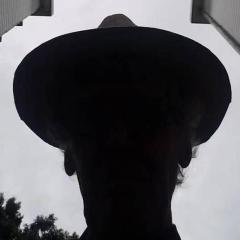

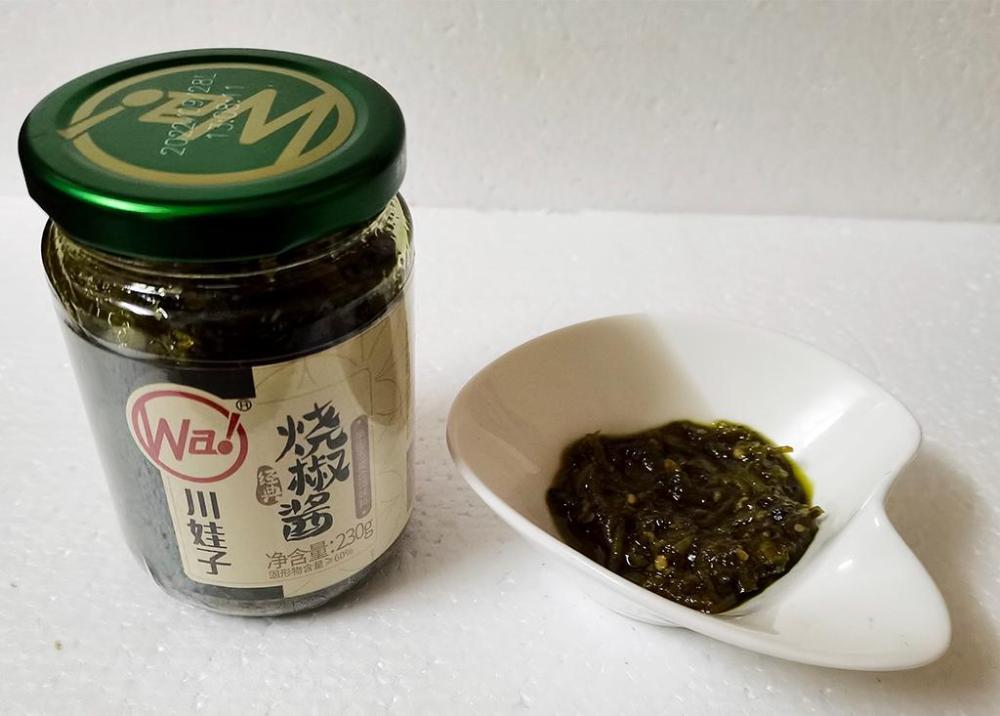



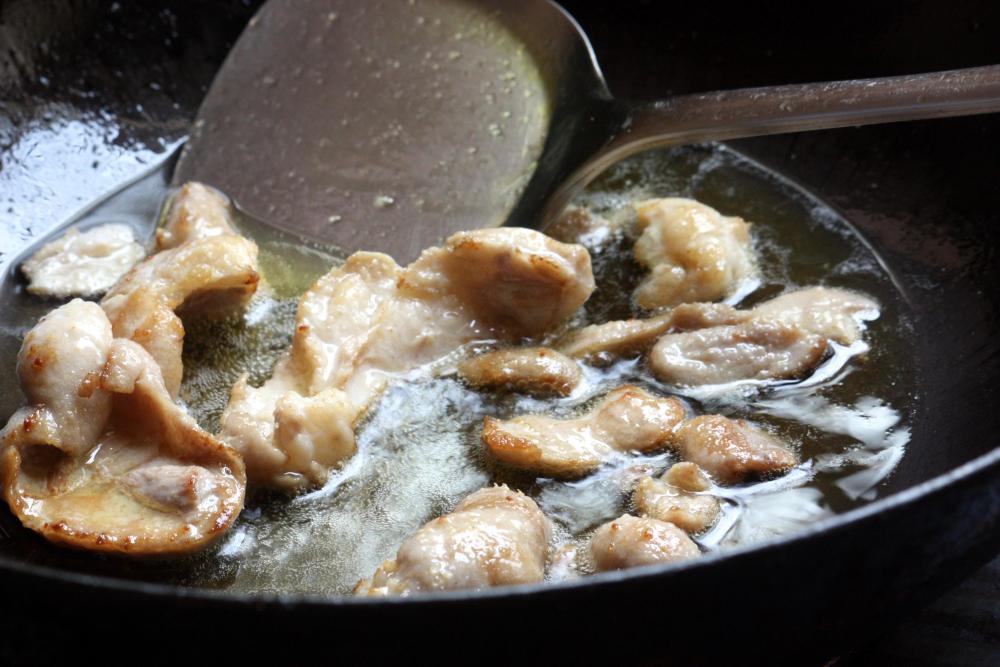
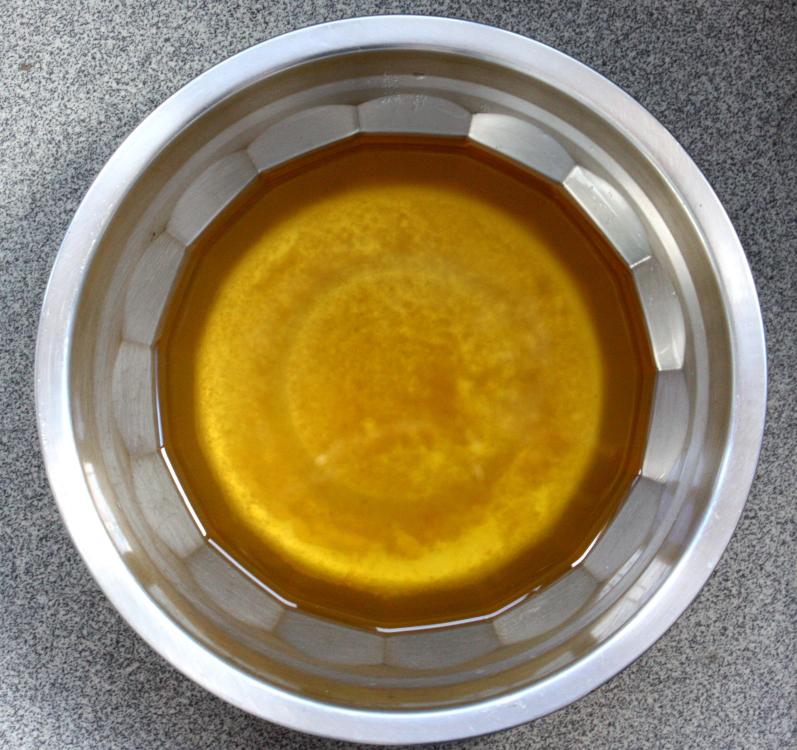
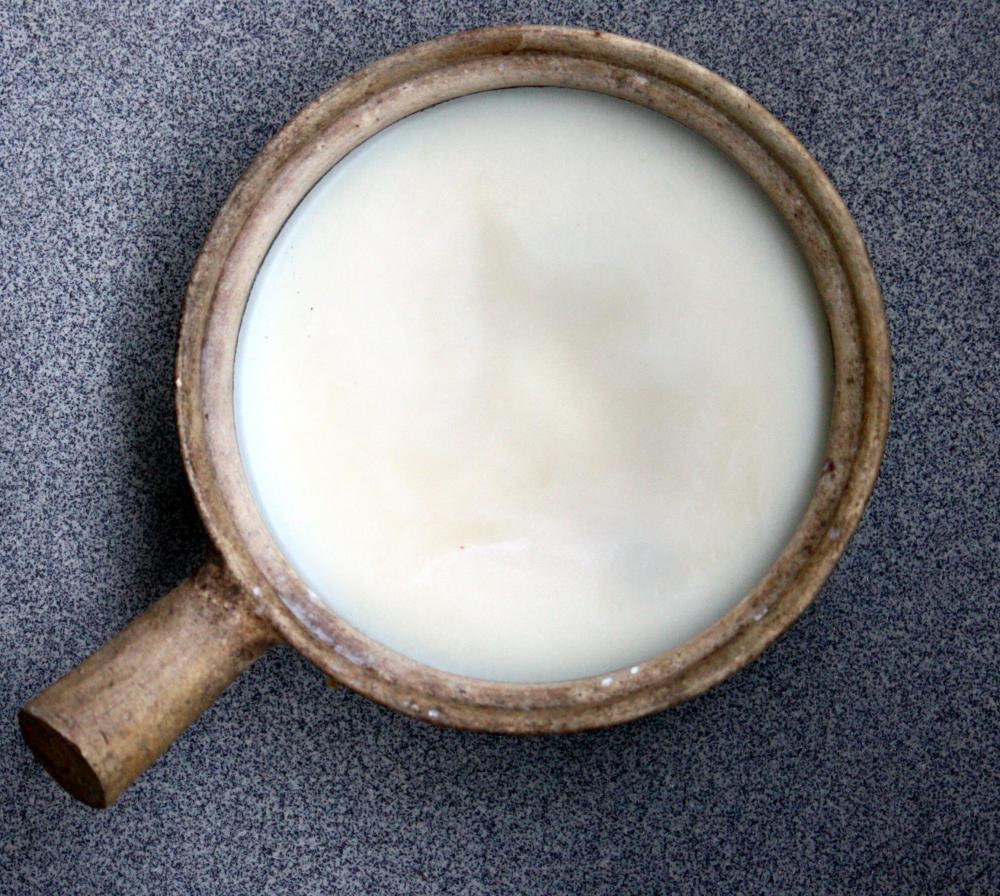




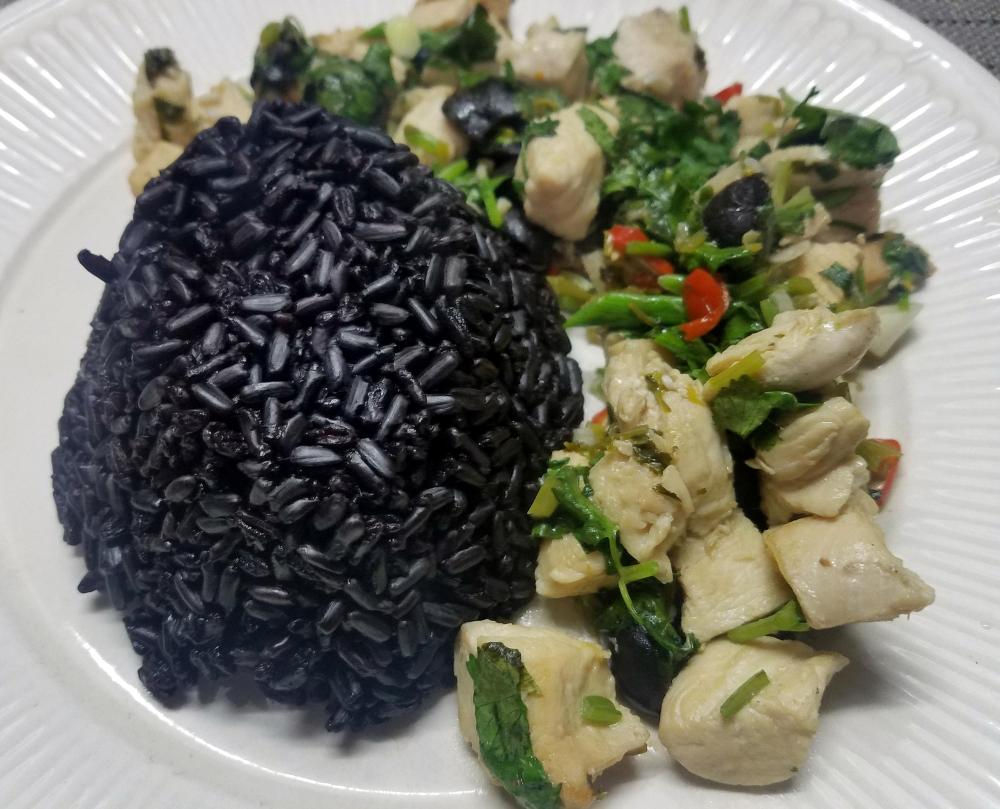
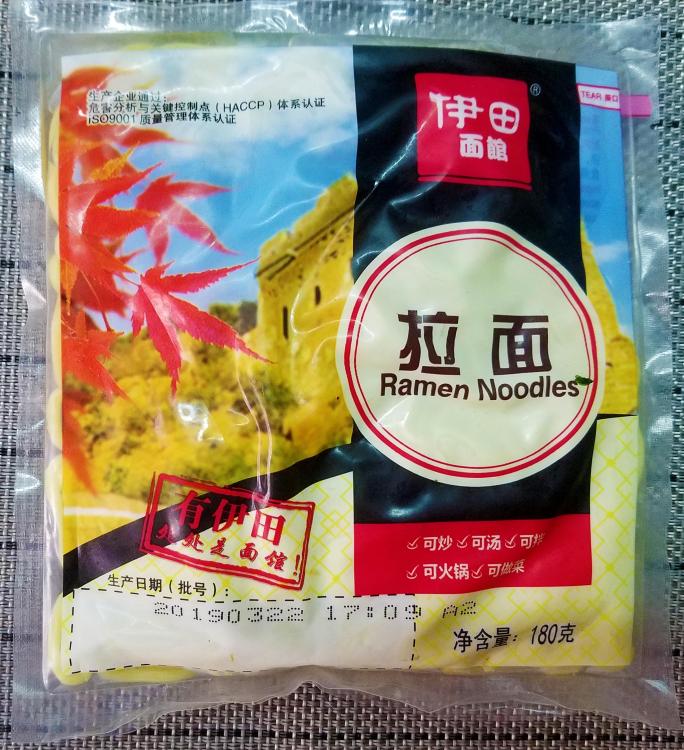
.thumb.jpg.559ae142d5316f0e6e401c6711e23147.jpg)
.thumb.jpg.511d67a3166f05d07f7b47d2895ea542.jpg)


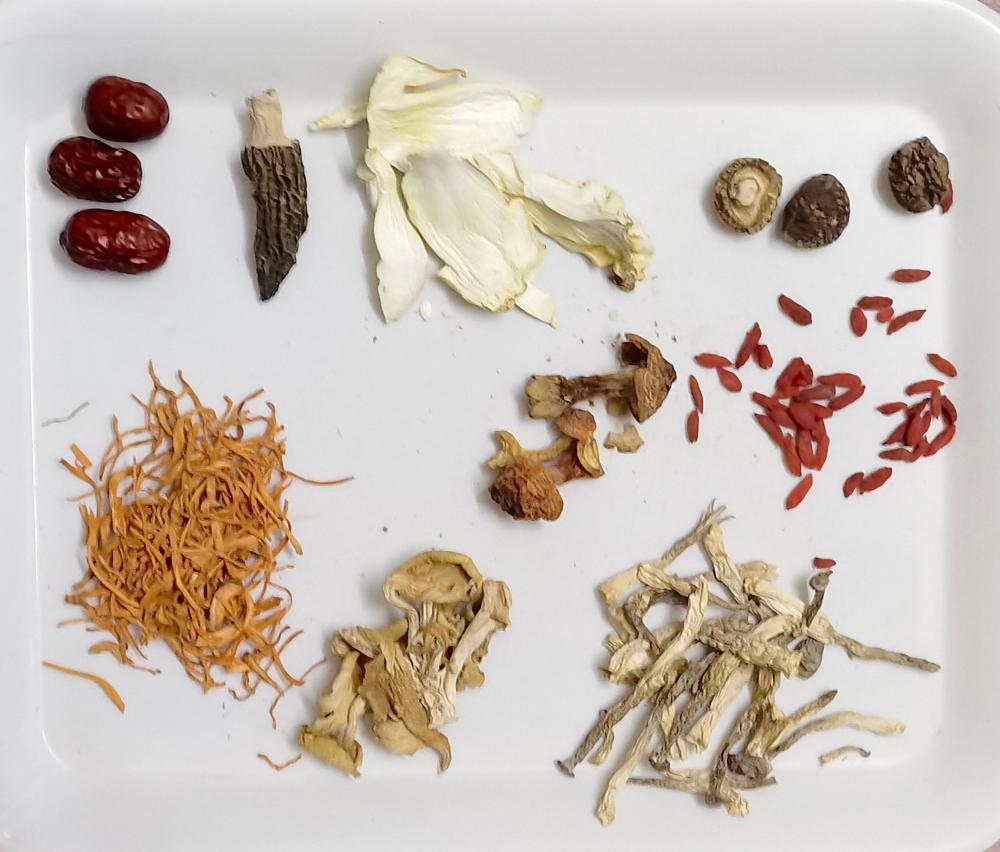
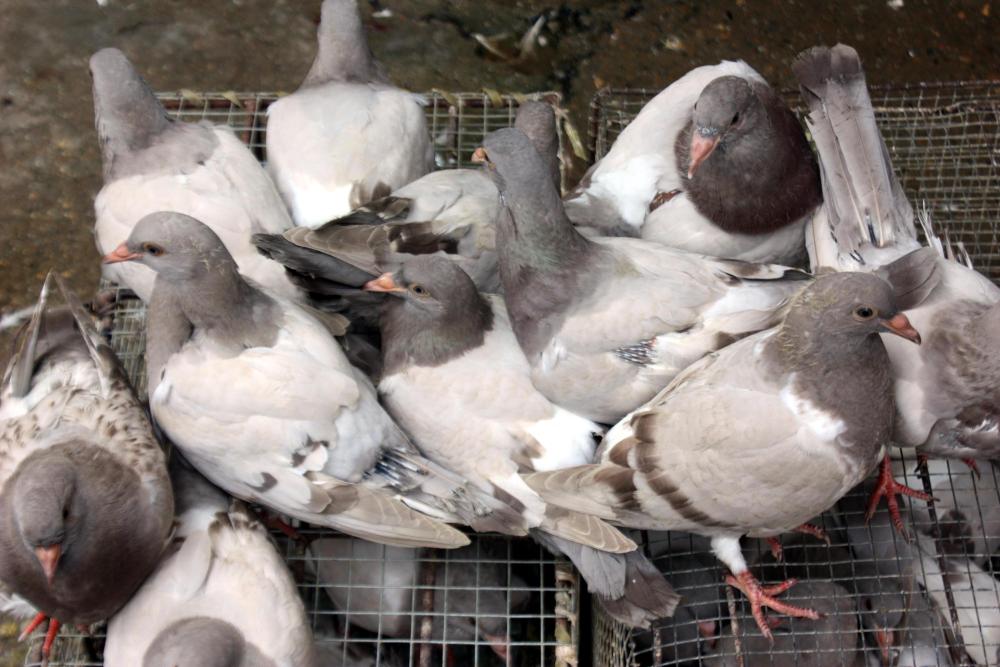
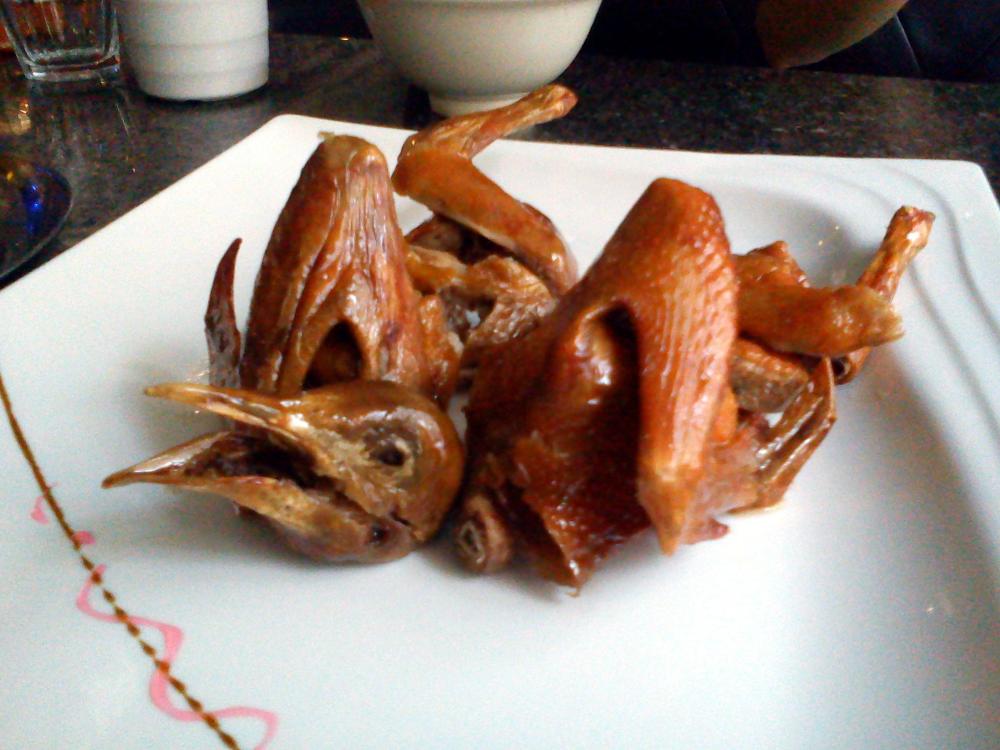


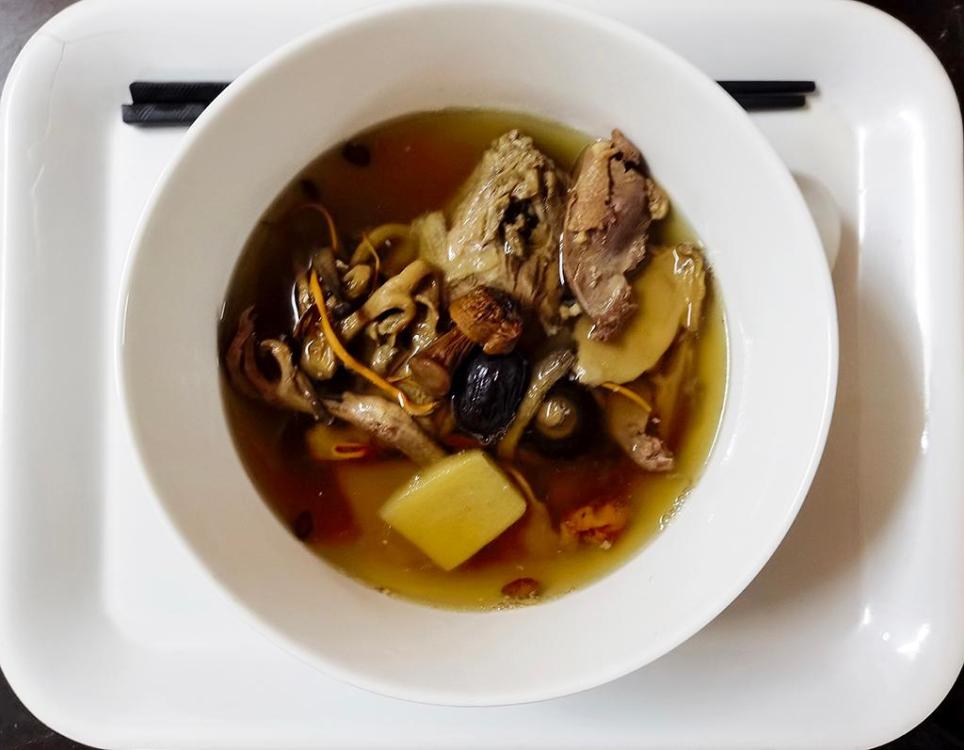
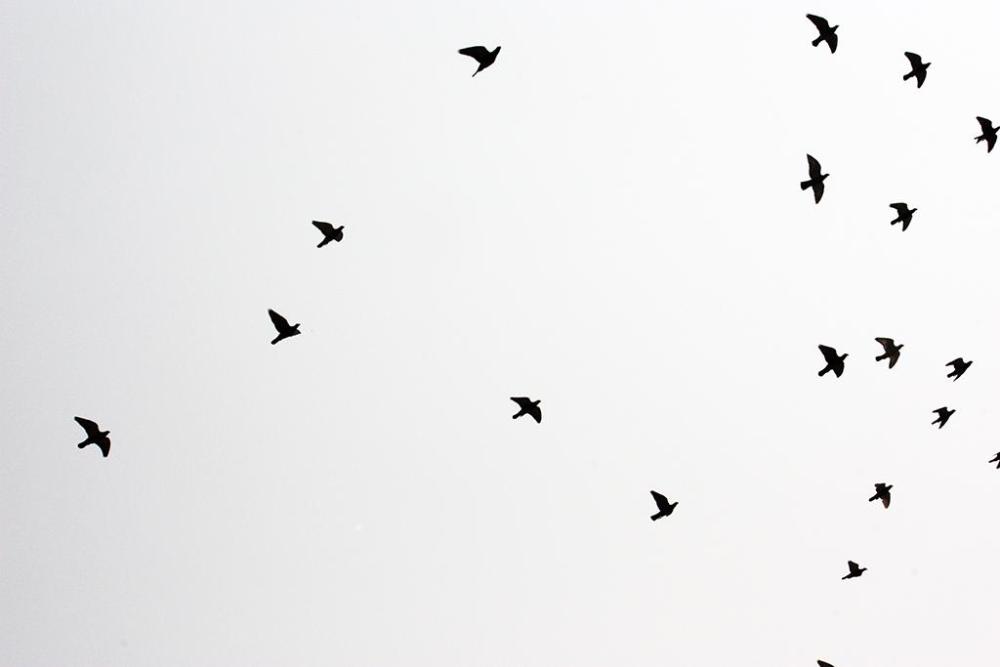
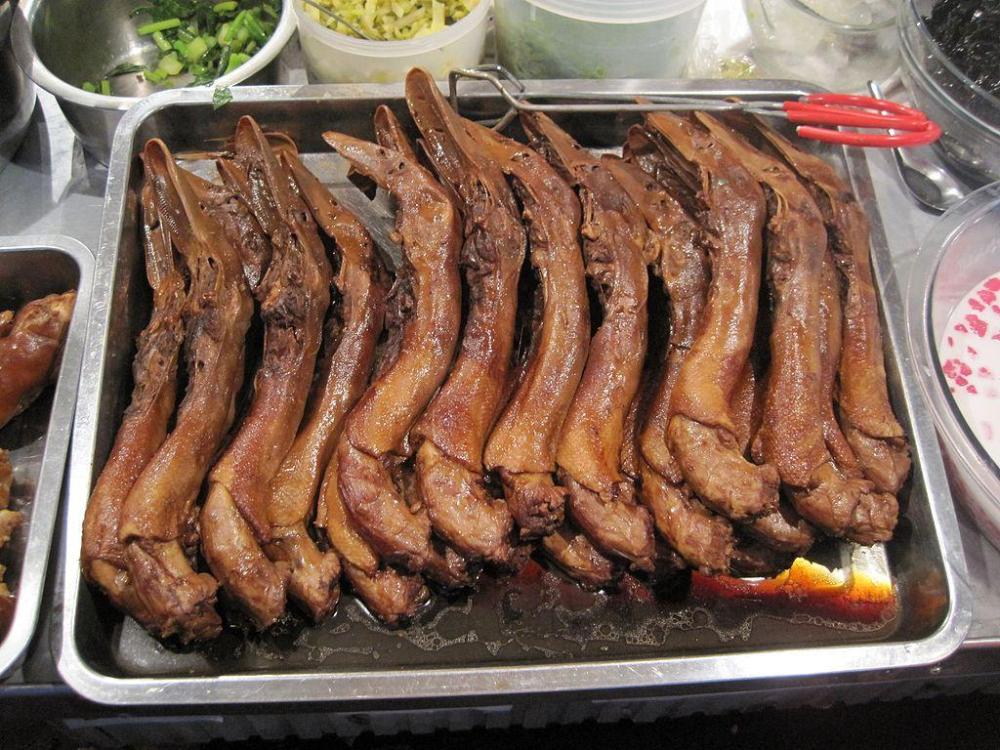
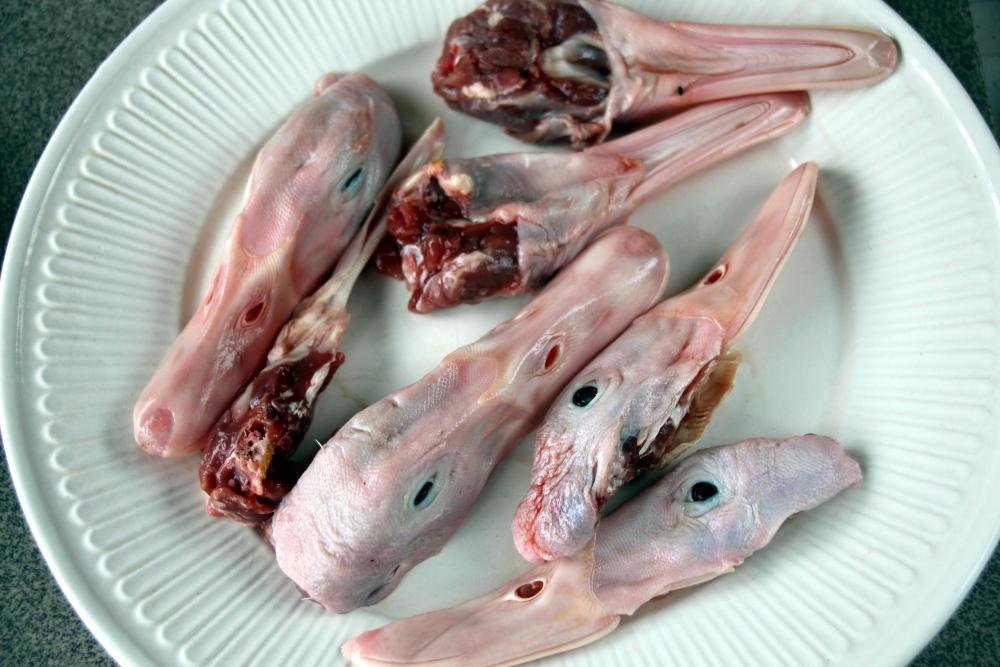
.thumb.jpg.39867a5bcd555ffcf737c288a25efaf1.jpg)